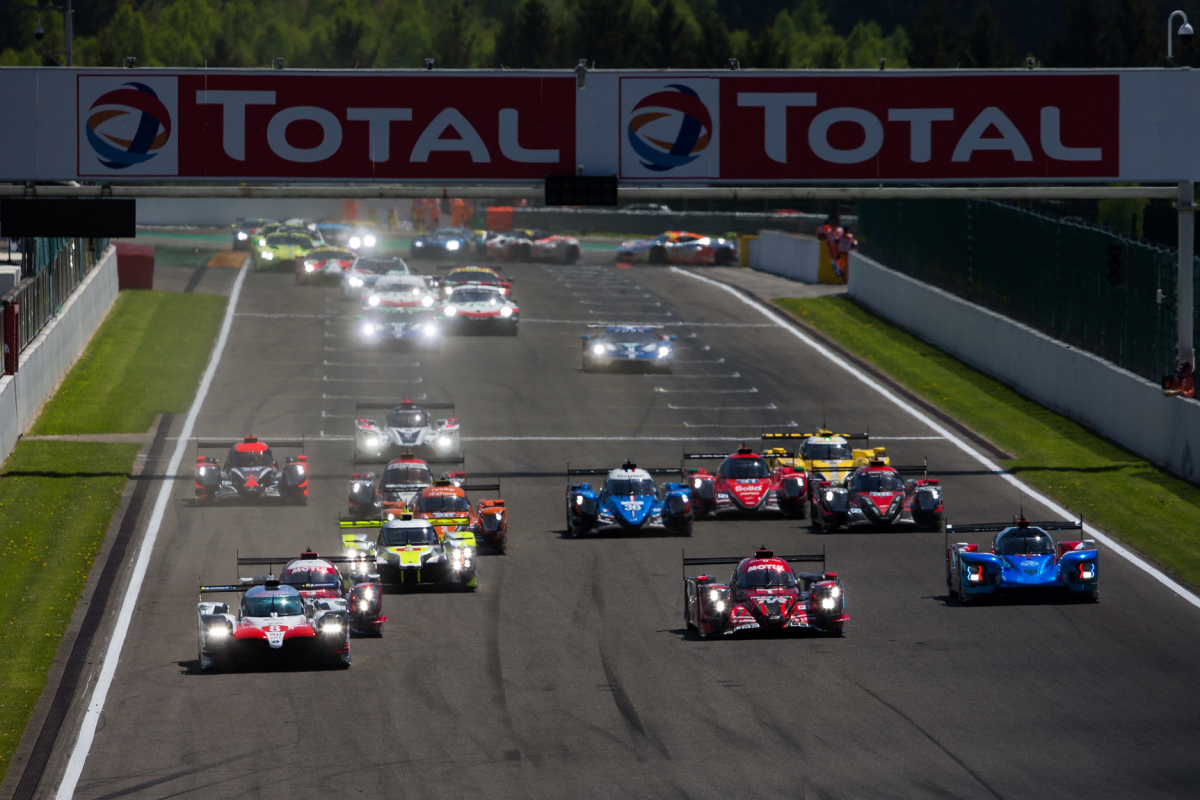
Ahead of the 6 Hours of Silverstone, the third round of the FIA World Endurance Championship which will take place on 19th August, a few alterations have been made to the EoT in the LMP1 category.

For both the ACO and the FIA the aim has always been clearly defined: the Equivalence of Technology (EoT), introduced for the 2018-2019 Super Season in LMP1, must ensure an appealing top category and achieve the best possible balance between the performance potential of cars using both hybrid and non-hybrid technologies.
This year, these two types of technologies are in direct competition, with a single works team, Toyota, running a hybrid prototype (LMP1H) against non-hybrid cars (LMP1NH) entered by private teams. The aim of the EoT is to enable these private teams entering recently introduced non-hybrid cars to approach the performance levels of the Toyota hybrid prototypes developed by the Japanese manufacturer since 2016.
The 86th 24 Hours of Le Mans, the second round of the season, provided the FIA and the ACO, with a lot of new feedback and they have decided to review the EoT before the 6 Hours of Silverstone on August 19th.
"As a result of studies carried out this winter we gave private teams a fuel flow to help them achieve performance levels close to those of the hybrid cars. We then took advantage of concrete information collected during the Prologue, the first round at Spa and the Le Mans test day. As competitors know, not everything can be foreseen at Le Mans," explains Thierry Bouvet, the Automobile Club de l'Ouest's Technical Delegate.
"For example, between the test day and qualifying at Le Mans, the fastest time in the LMP2 category, improved by 2.4 seconds compared to 0.2 seconds for the non-hybrid LMP1s. Several factors can explain this, such as different track conditions or because the teams didn't want to compromise reliability. Finally, multiple contextual parameters could also have affected certain EoT estimations.
"This is why we are taking the following decisions: the performance gap of 0.25% is being reduced to 0% (the 0.5-second difference per lap at Le Mans between hybrids and non-hybrids is no longer relevant). The fuel flow for privateer LMP1s goes up from 108 kg/h to 115 kg/h, compared to 80 kg/h for the hybrids. Furthermore, the fuel flow of the refueling system used by private teams has been increased. Last but not least, cars powered by normally-aspirated engines will benefit from a 15kg weight reduction."
These alterations have been decided in light of the large amount of information collected at the 2018 24 Hours of Le Mans and are the fruit of a lot of work and careful consideration between the ACO, FIA and the competitors. They will come into effect from the 6 Hours of Silverstone onwards.